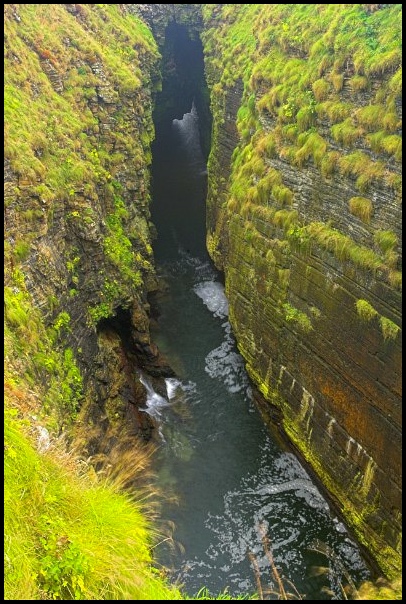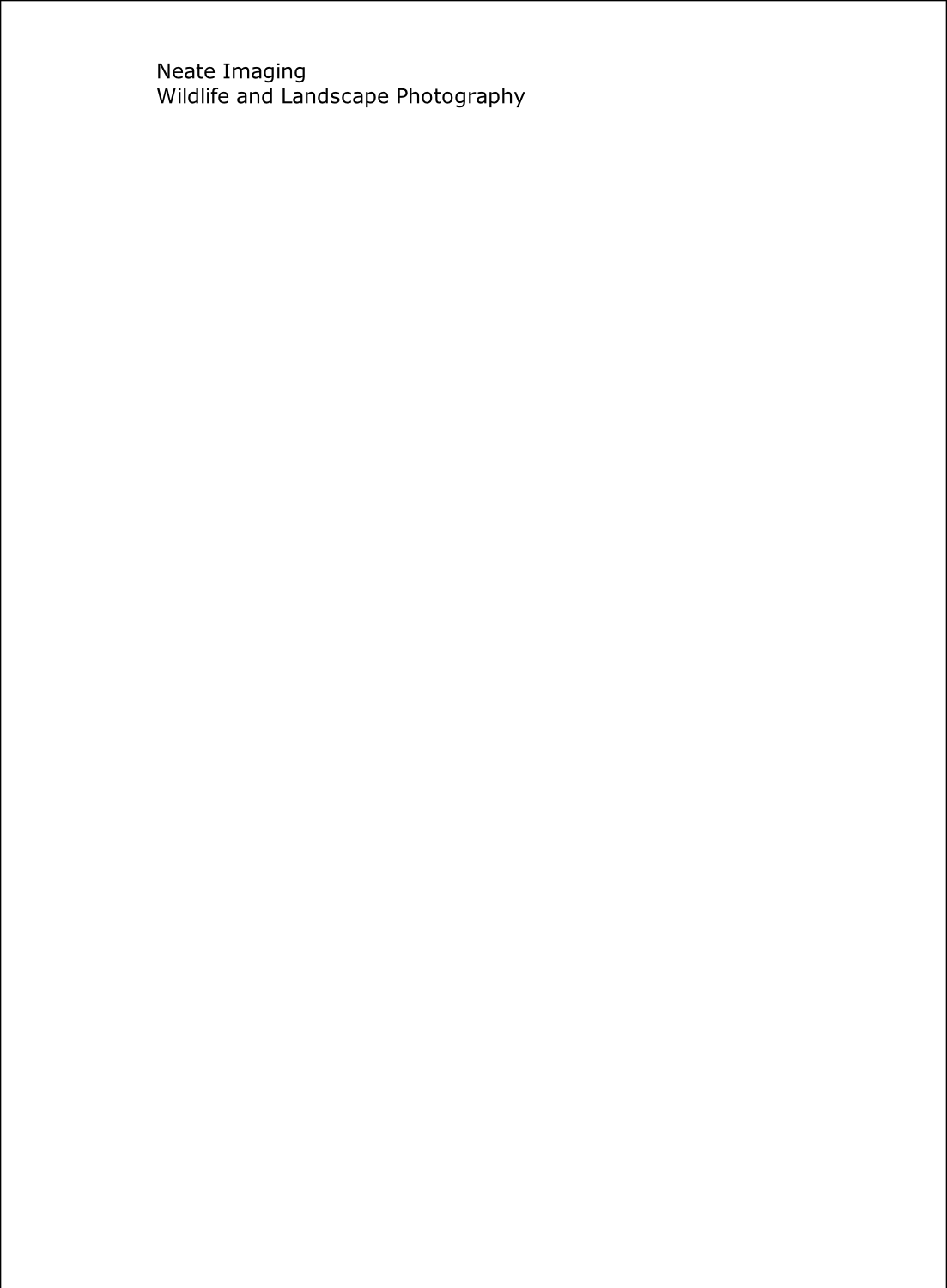
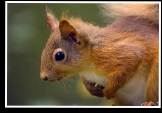
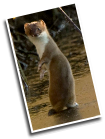
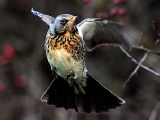

Guillemot (Uria aalge)
This penguin like bird is often seen in large colonies on the sea cliffs of NW Europe. It only comes to land for breading and spends the rest of it’s time at sea. It lays a single pear shaped egg which hatches after 30 days. The young leave the nest before being able to fly, they are fed by the parents at sea. It is the largest member of the Awk family.
These birds are almost completely black and white which can make getting the exposure right very difficult especially on bright sunny days. Use centre weighted metering and meter directly on the white of the bird, under expose the image by at least 1 stop and use a low ISO to reduce noise in the dark plumage. Many of these images were taken on a 300mm prime lens with a 2x tele converter. The smaller camera on a monpod enabled climbing on some rocks to get close to the bird resulting in these detailed images.
Black Guillemot (Cepphus grylle)
A stocky black and white sea bird with distinctive white patches on the wings and bright red red and the inside of the mouth. It is usually seen bobbing on waves off shore or flying low over the sea. These were photographed in land on the Gloup on the eastern Orkney mainland at Deerness. The gloup is a fascinating inland collapsed cave which attracts the birds enabling us to photograph them without having to go out to sea.
They feed mainly on fish in southern areas and in their more northern areas they eat marine crustaceans. They display using their vibrant red legs and mouths and the white wing patches above and below their wings. These bright white patches against a very black bird makes getting the correct exposure very difficult. Under exposure of the black will increase unwanted image noise, and the correct expose for the black areas will create over exposure and a loss of detail in the white patches. Ideally photograph these birds on a day where the light is not too bright and high in contrast. Take a reading from the black and the white areas and use a setting in the middle, the black should be slightly under exposed and the white slightly over exposed.
